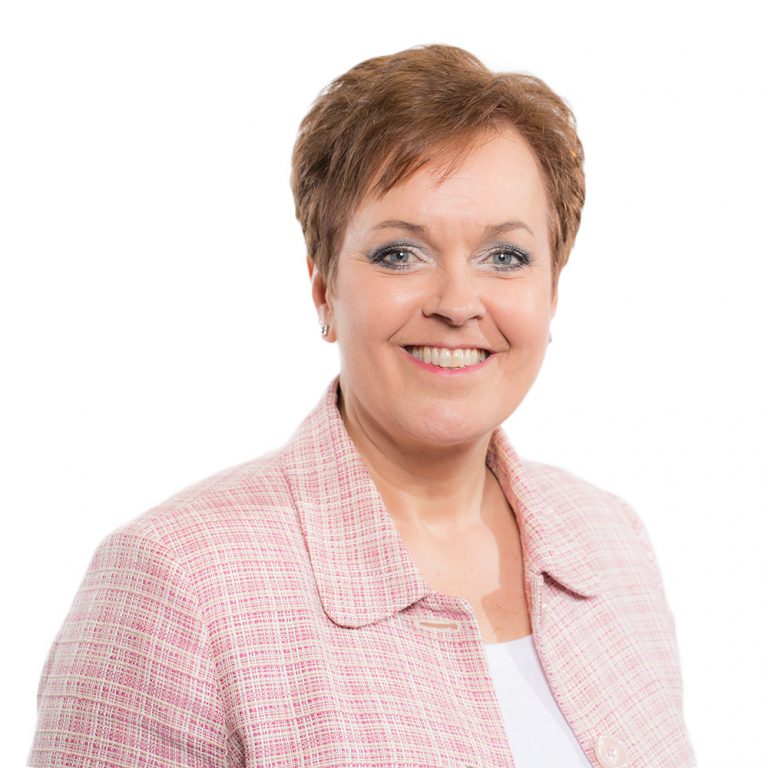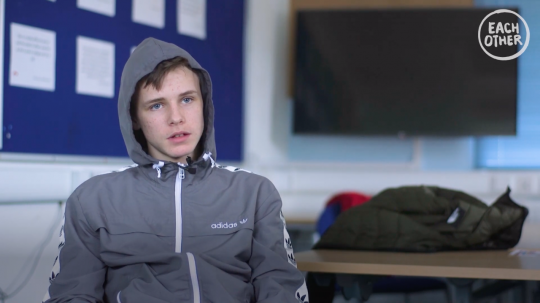UK exclusions: Breaking down the data
The number of permanent exclusions in UK state schools is on the rise, according to the most recent government statistics.
UK-wide, the number rose by around 1% from 8,094 in 2017/18 to 8,173 in 2018/19.
England’s rate of exclusion remains around one for every 1,000 students, but the overall number decreased from 7,905 to 7,894 between the 2017/18 and 2018/19 year – the first recorded drop since at least 2012.
Northern Ireland’s exclusion rate has remained fairly consistent across the 2013/14 to 2018/19 period.
Scotland has reduced its number of permanent exclusions from 21 in 2012/13 all the way to only three in the 2018/19 academic year.
The biggest annual percentage increase came in Wales, where it increased by 41% from 174 in 2017-18 to 246 last year.
For Welsh state secondary schools in particular, permanent exclusions have been on the rise since 2013 – as has the rate of exclusion per 1,000 students, which more than doubled between 2013/14 and 2018/19 from 0.4 to 1.3.
This means that, between September 2018 and June 2019, more than one student in 1,000 was permanently kicked out of school.
Short-term exclusions are also trending upwards: across Welsh secondary schools, 75 pupils per 1,000 were handed an exclusion of five or fewer days in 2018/19, up from 69.6 the previous year.
Experts approached by EachOther – including Dr Kitchener, Caerphilly-based therapist Abu-Bakr Madden Al-Shabazz and the head teacher of an alternative school in south Wales (who wished to not be named) – are unsurprised at these stats.
All three emphasised the damage an exclusion – particularly a permanent one – has on a child’s education.
“In a state system, you often can’t manage bad behaviour because there are so many people,” the unnamed head teacher said.
“Students can be excluded because of their behaviour, but if you actually look at what’s causing it, the problem is much easier to manage. But it’s easier to shift the problem rather than address it.”
She echoed the sentiments of Kitchener-Hanley and Miller, saying many teachers only take one year of training before beginning as a trainee, meaning they receive very little education on how to engage with students with special educational needs (SEN).
The result, she said, is a higher exclusion rate.
The numbers seem to agree: 68% of permanent exclusions in 2018/19 were handed to students known to the school as requiring special educational needs. Taking into account pupils with undiagnosed conditions – the real number is likely even higher.
According to the UK ADHD Partnership, which researches behavioural disorders and the British school system – this is not a Wales-only problem and occurs throughout Britain.
What path lies ahead
Dr Kitchener and Al-Shabazz both referred to the results-focused nature of UK schools in their explanation of rising exclusions.
“This fixation on league tables is a huge issue,” Al-Shabazz said. “Emotional and psychological development is pushed to the side, ignored, or not even looked at.”
“A lot of teachers focus too much on test scores and do very little to develop the emotional and psychological wellbeing of their students. It needs to be part of the pedagogy. It cannot just be subjects.”

Image: Abu-Bakr Madden Al-Shabazz
Al-Shabazz works with children in Caerphilly’s pupil referral units (PRUs), many of whom have been permanently or temporarily excluded from school.
Part of his job is to assess boys before they are placed in a PRU exclusion unit, where they are educated outside of a mainstream school setting. This is called Eotas (education other than at school).
He added that diversity in teachers is another contributing factor. “When I spoke to the excluded kids from a therapeutic perspective – they’re not getting enough male teachers,” he said.
Al-Shabazz pointed to the gender balance in Welsh schools, where women outnumber men in all teaching positions.
In state-run secondary schools, 61.7% of teachers are women, and in primary schools only 19% of teachers are men.
Al-Shabazz said this is important because school-age boys without a father in the picture lack positive interaction with adult male figures. This, he said, makes them more prone to expulsion.
“Many of them come from broken homes, you know,” Al-Shabazz added. “They don’t see any positive male role models – most of their role models are from game consoles, Xbox and things.
“They are usually fictitious role models, unfortunately. Or they are personality-based: celebrities and such. What they’re lacking is that close proximity relationship.
“There’s not enough positive male energy in their lives. Especially in the age of 13 upwards.”
The lack of men wanting to be teachers, according to Al-Shabazz, can mean teenage male behaviour is seen as threatening and exclusions are overused.
Al-Shabazz further said, for black children, racist misinterpretations of behaviour is an even bigger problem. “Black boys from an early age are considered more threatening to white femininity.
“This is training which white women have had since the 1600s during enslavement. When we show aggression, at the same point where a white child would, they will see it from the black child as more aggressive.
“The white child will be ‘frustrated’. Same action, different interpretation.”
In consultation with the Welsh Government since 2007, Al-Shabazz has been investigating academic performance in Wales’ black communities.
One solution to this part of the exclusion problem, he said, is to hire more black men as teachers.
Al-Shabazz said the rising number of exclusions is worrying, but any number of children being excluded is a scandal.
“It destroys their self-esteem even if they don’t like school.”
Professor Sally Holland, Children’s Commissioner for Wales, also referred to the risk that exclusions pose to children reaching their potential.
“They should be well nurtured and supported in schools that promote and uphold their human rights, including their right to be the best they can be,” she said.
The Children’s Commissioner’s job is to make sure the rights of children in Wales are protected.
“It’s important, too, to remember that being excluded from school can also exclude a child from aspects of their community life and friendship groups and can have a profound impact on their lives now and in the future.”
Prof Holland said, based on her experience as Children’s Commissioner, children pay a heavy price for exclusion.
“When children are excluded from mainstream school, it’s extremely important that they’re given the support they need to return to a suitable education as soon as possible,” she added.
Dr Kitchener, pointing out Wales’ performance compared to other UK nations, praised Scotland’s approach. “What is it they’re doing? Maintaining ownership of the child, and schools are prepared to move students rather than exclude them,” she said.
In Scotland, where only three students were permanently excluded in 2018/19, many children with very challenging behaviour are kept on their original school’s register – but still moved to alternative education.
This is said to be positive as it means a school keeps responsibility for the child, preventing unnecessary exclusions for the sake of meeting league table targets.
“Schools in Wales, for example, are under enormous pressure to meet certain performance indicators. That is still there, the government may be talking about it but we’re not going to see any change in the numbers yet.
“But, in Scotland, instead of giving up on a child, they recognise a student may just not be in a mental position to absorb the curriculum in a normal classroom setting,” she said.
For Dr Kitchener, SEN and behaviour management training for teachers is an important part of the solution.
“I’d love to see a university do a pilot teacher training where they change the curriculum where at least 25% of the course centres around challenging behaviour, adjusting approach to SEN students, and understanding behavioural disorders and SEN,” she said.
“It’s not about teaching individual students one-on-one, because that’s not possible in the classroom. It’s about being able to reach a diverse population of students.”








